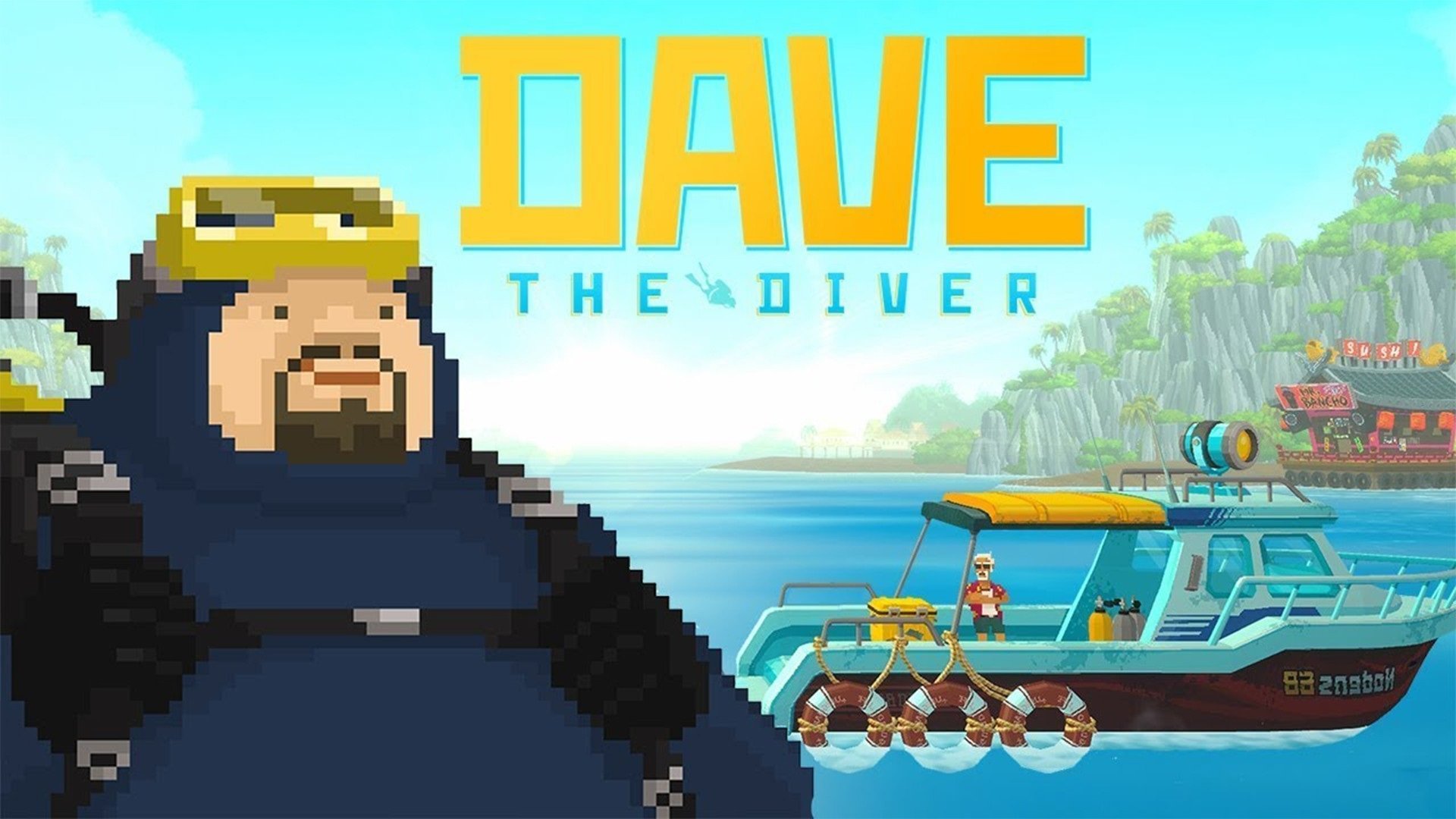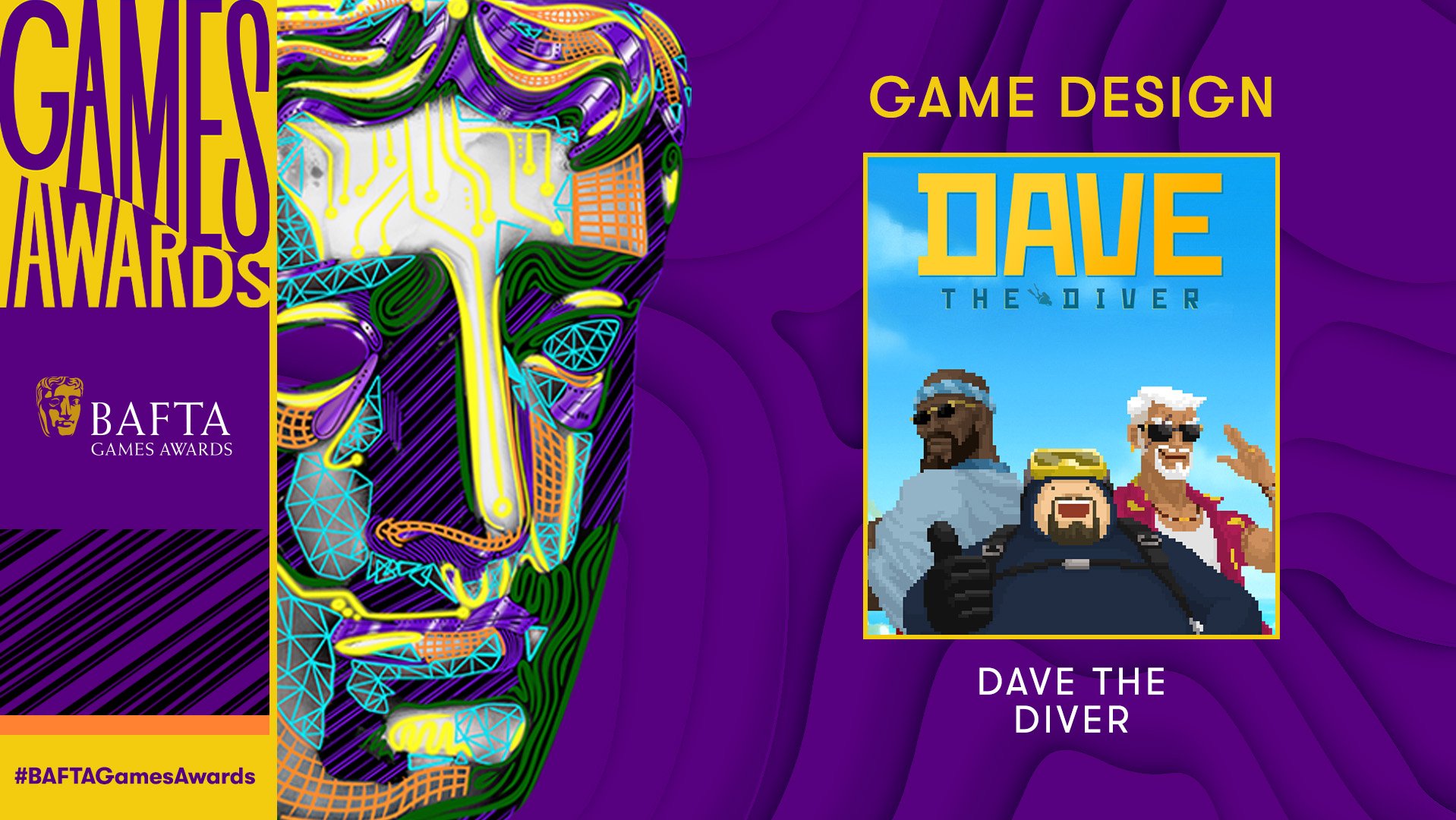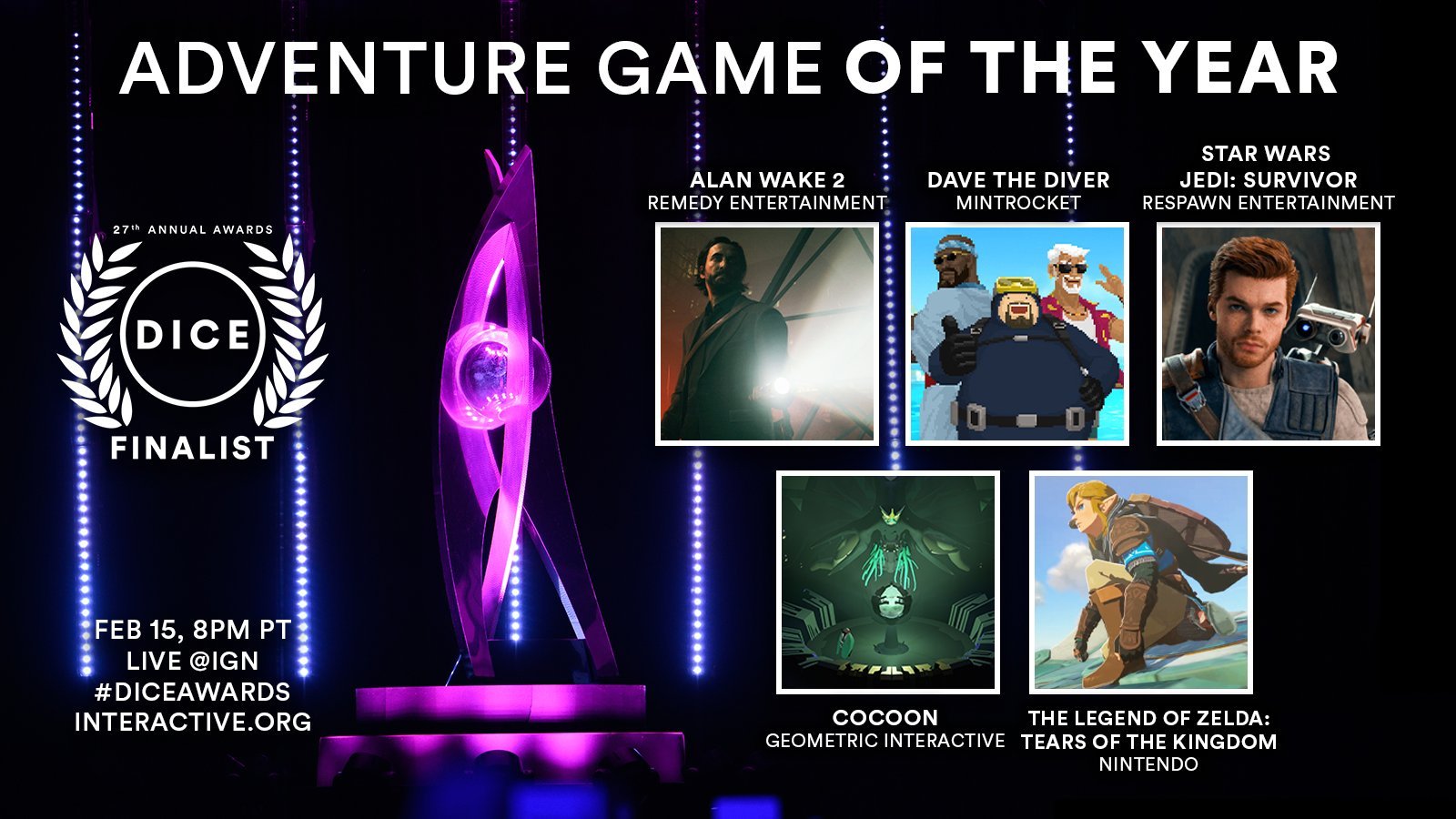Meet glenn, lead game designer for immortal rising 2
Game development is a complex puzzle that involves more than piecing together elements like game concept, design, programming, artwork and economy. At the heart of this intricate process lies game design, the linchpin that brings everything together into a cohesive, balanced, and enjoyable experience.
Game design shapes every aspect of the player experience, from interactions within the game world to the emotional journey it offers. A well-designed game doesn't just captivate, but delivers a satisfying user experience that leads to high player engagement and replayability.
This not only makes a meaningful impact on the players, but also drives commercial success through positive reviews and higher sales. In today's saturated and competitive gaming landscape, a standout game design can leave a lasting impression and set a game apart.
With this in mind, we’re thrilled to introduce Glenn, the Lead Game Designer for Immortal Rising 2. Glenn previously led the design at Dave the Diver, where his work received widespread acclaim.
Without further ado, let’s dive into our conversation with Glenn.
Meet Glenn
Glenn is the guy who is responsible for the thrilling gameplay of Immortal Rising 2. As the lead game designer, he oversees every detail, ensuring players have a truly satisfying experience that leaves them wanting to come back for more.
He previously led the design at Dave the Diver, a 2023 Steam hit where his work received widespread acclaim. He's a die-hard fan of the entire Pocket Monster series and proudly calls himself an indie game otaku. If an indie game gets rave reviews on Steam, you can bet he's played it.
[ Learn more about the Immortal Rising 2 team here: Meet the Team ]
Q: Let’s start from the beginning. How did you get into the world of gaming?
A: Growing up in South Korea, most of my friends’ parents were against gaming when we were young but my parents were unique and I was lucky because I had the freedom to play all kinds of games without being told no. My passion for gaming grew naturally, and I realized that to make a living from games I had two options: either become a pro-gamer or a game designer - and I chose the latter.
Q: You’ve been fortunate to turn your passion into a career. What was your favorite game growing up as I’m sure it inspired you to pursue a career in gaming.
The Kingdom of the Winds
A: In South Korea, MMORPGs are incredibly popular, and I naturally became a fan of the genre. I was a hardcore player of The Kingdom of the Winds and Dark Ages, so when Nexon, the gaming giant behind these games, established an indie-game division, I knew I could bring valuable contributions to their new venture.
Aside from MMORPGs, I also love console games because they offer the ultimate, full experience from the opening to the ending. This has shaped my approach to game design as I also strive to provide gamers with a complete, immersive journey.
Q: What do you do as a game designer?
A: A lot. Haha. TLDR - I map out the entire gaming experience, covering everything from gameplay and user flow to features, equipment, and skills. I’m always brainstorming ways to boost user engagement and running tests on builds to make sure they match our vision.
Q: What’s the most fun part of your job?
A: I’d say my favorite parts are crafting skills and designing boss patterns. They're the real game-changers, shaping the entire user experience.
Q: What's the most challenging part of your job?
A: Balancing. It's difficult because every player experiences the game differently. So my goal is to find that sweet spot - providing a balance that satisfies a wide range of players. This is usually the most challenging yet crucial aspect of game design.
Q: How did you join Bad Beans?
A: I’ve known the team for over a decade. We were all friends united by our passion for games and embarked on building games together. We created Stellar Fox, a puzzle game that gained traction via word of mouth and gained global fandom. Witnessing our player base grow inspired us to develop more games, and we delved into the world of idle RPGs. But due to personal reasons, I left the team to join Nexon, which is where I led the game design for Dave the Diver and it was during this time that Bad Beans developed Immortal Rising 1.






Q: What brought you back to Bad Beans?
A: I always joke that my friends ‘bought my freedom’. My time at Nexon was incredibly rewarding and I learned a lot while designing Dave the Diver, which became a huge success. After that I was eager for new challenges. Meanwhile, the Bad Beans team had also achieved great success through Immortal Rising 1. They invited me to rejoin and design Immortal Rising 2. Given my experience, I felt confident that I could add value and help the team achieve new milestones. It felt like the perfect opportunity to continue growing and contributing to our shared passion for game development.
Q: And now with Bad Beans, you’ll be facing a new challenge: diving into the world of web3 games. How did you first get into web3?
A: Being active in the gaming industry, I was always on the lookout for new technologies and content that would enrich the gaming experience. Web3 caught my attention for its potential to enhance user experiences, particularly through ownership and meaningful rewards for player contributions. After playing various web3 games, I saw room for improvement and realized I could make a meaningful contribution. I wanted to create a fun, engaging game that would appeal to both web2 and web3 gamers and Immortal Rising 2 presented the perfect opportunity to achieve this vision.
Q: What sets Immortal Rising 2 apart from other games and what’s its concept?
A: In the idle RPG genre, the typical goal is for players to have the freedom to do nothing while progressing in a game. But personally, I believe that all games should offer a level of active gameplay that engages users. So, while Immortal Rising 2 retains the AFK gameplay from Immortal Rising 1, we’ve enhanced it with more immersive options. Players can now choose skill combinations and strategies, offering both automated grinding and engaging, strategic gameplay. It’s the best of both worlds—AFK convenience with the depth of dungeon crawlers like Hades or Diablo.
As for the concept, we intentionally designed a concept and style that sets us apart from your everyday MMORPGs. We’re a small team, but a scrappy one and we wanted it to be clear that this is an indie game developed by a tight-knit, passionate team, not a massive studio.
Q: Can you explain more about the features?
A: Unlike most idle RPGs, Immortal Rising 2 will be introducing Chapter Bosses with complex attack patterns, similar to console or dark soul games. Players will need to strategize based on the Boss’s moves, adding a whole new layer of depth to the gameplay. But as mentioned earlier, players will have the option of choosing between the AFK approach or the immersive approach.
Q: What do you think will be the most fun element of IR2?
A: The skill meta. While the total number of skills hasn’t changed much from the previous version, Immortal Rising 2 will allow players to strategize and combine skills in new ways. This adds depth and makes the game more immersive and sticky.
Q: What are your aspirations for web3 games?
A: Many web3 games currently lack stickiness due to industry infancy and regulatory hurdles. We aim to change that. The web3 gaming space is evolving rapidly, and we’re confident it will become mainstream. We want to contribute to this transformation, creating engaging and lasting gaming experiences.



